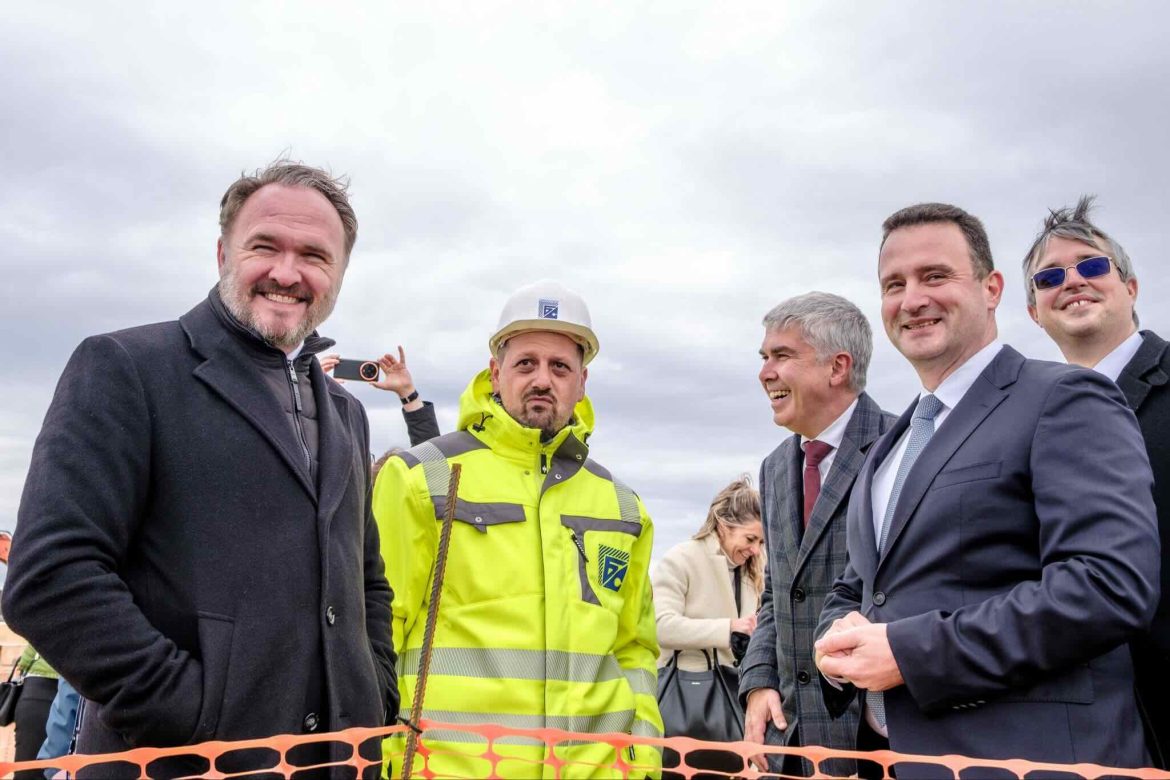The European Commission will relaunch its mechanism to pool European companies’ demand for non-Russian gas in the coming weeks, as the bloc advances plans to end reliance on Russian fossil fuels.
Energy Commissioner Dan Jørgensen announced the move during a visit to Romania and Bulgaria, stating that the exercise is intended to help secure competitively priced and diversified supplies, with a specific focus on buyers in central, eastern and south-eastern Europe.
The measure returns as member states move on two timelines. First, sanctions adopted last week set a prohibition on imports of Russian liquefied natural gas (LNG) from January 2027. Second, the Commission is advancing legal proposals to phase out all Russian oil and gas imports by January 2028. Taken together, these steps imply that countries still receiving Russian energy will need to terminate or wind down existing supply contracts and source alternative volumes.
The targeted relaunch of demand pooling follows the EU’s 2022 decision to aggregate orders for gas in response to Russia’s full-scale invasion of Ukraine. The platform, often referred to as AggregateEU, collects purchase requests from companies and matches them with offers from suppliers. Once matched, firms negotiate contracts bilaterally; EU institutions do not participate in those commercial talks, and companies have not been obliged to disclose concluded deals. As a result, the total volumes ultimately purchased through the scheme remain unclear. The Commission’s new round will be narrower in scope than earlier EU-wide calls, aiming support at markets where Russian gas still accounts for a material share of supply.
Several member states continue to receive Russian energy. France and Belgium have imported Russian LNG cargoes, while pipeline deliveries still reach Slovakia and Hungary. Budapest and Bratislava have warned that rapid substitution could raise prices and have opposed an accelerated timetable for exit. The Commission’s approach seeks to address those concerns by using aggregated demand to improve purchasing power and by directing matched volumes along existing and planned interconnections in the region.
Jørgensen’s announcement coincided with meetings under the Central and South-Eastern Europe Energy Connectivity (CESEC) framework and site visits linked to the “Vertical Gas Corridor”, which is intended to move gas northwards from Greek LNG terminals through Bulgaria and Romania. These links form part of the wider REPowerEU strategy to diversify supply sources, expand interconnection capacity, and enhance regional security of supply. For LNG in particular, the effectiveness of the relaunch will depend on available regasification capacity in Greece, Italy, France, Spain and the Netherlands, and on onward pipeline capacity towards south-east and central Europe.
The EU has also signalled an intention to increase purchases of LNG and other energy commodities from the United States. Under a recent trade arrangement, European buyers envisaged energy purchases from the US totalling roughly €235 billion per year over a three-year period, covering oil, LNG and nuclear fuel. Market analysts have questioned whether such volumes are attainable in light of declining EU fossil demand and infrastructure constraints on both sides of the Atlantic, but the figures illustrate the scale of the diversification effort under consideration.
Legally, the emerging framework distinguishes between LNG and pipeline gas. The LNG ban is anchored in sanctions law with fixed end-dates. The broader proposal to phase out Russian oil and gas by January 2028 would be enacted via a new regulation and will require agreement between the Council and the European Parliament. Negotiations are expected to address practical issues such as contract termination, traceability of origin, and enforcement to prevent circumvention through intermediated trades.
For governments and companies with long-term supply contracts with Gazprom or Russian LNG exporters, early termination raises cost and legal questions. EU officials have indicated that forthcoming measures could clarify the legal basis for exit and outline options to manage price and security-of-supply risks during the transition, subject to state-aid rules and competition law. The details will depend on the final legislative text.
In the near term, the Commission intends to open a geographically targeted demand aggregation round. If sufficient volumes are matched and contracted, the scheme could add to non-Russian supply for the 2025/26 heating season and beyond. It would complement storage obligations, demand-reduction measures, and recent infrastructure upgrades, including reverse-flow capabilities developed since 2022. The relaunch will also provide a test of whether a regional design can produce clearer outcomes than earlier EU-wide calls, where matching took place but contractual follow-through was not systematically reported.
The Commission has not set public volume targets for the new exercise. Its success will be judged on contracted deliveries, achieved price levels relative to market benchmarks, and the extent to which it reduces exposure to Russian molecules in the targeted region. Policymakers view the tool as one part of a broader package; diversification will rely on a combination of LNG sourcing, pipeline interconnections, renewable deployment, energy efficiency and demand-side management.


